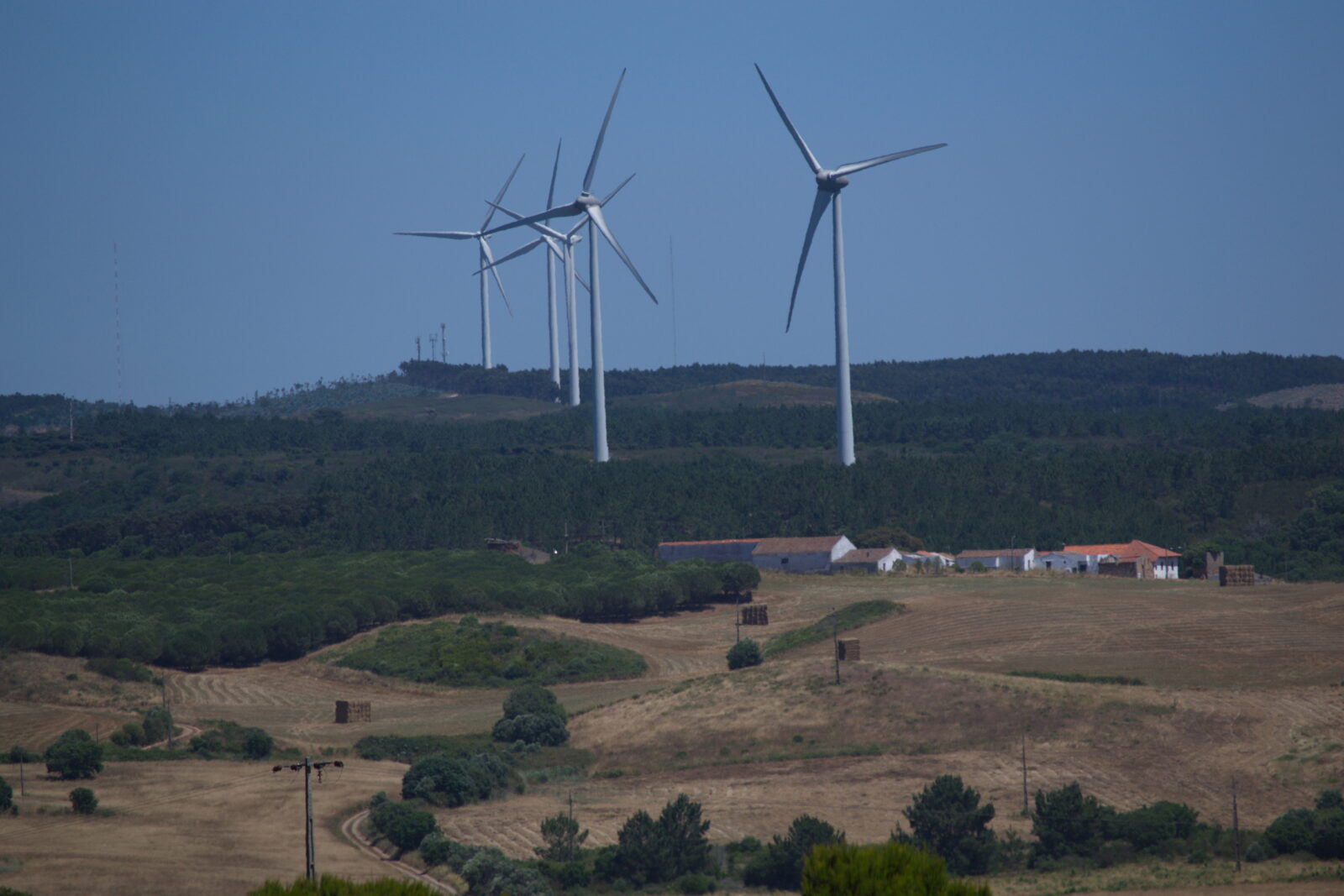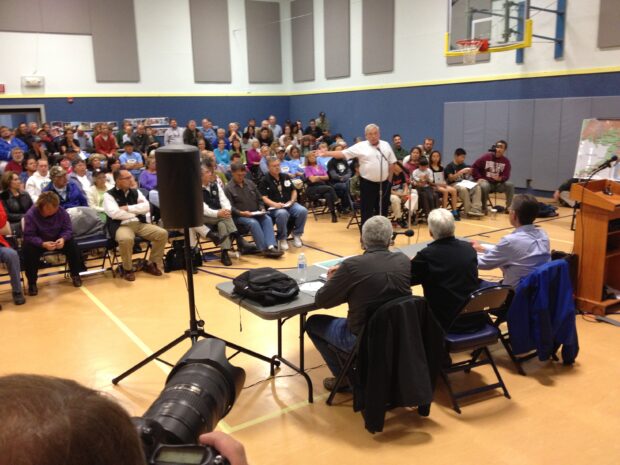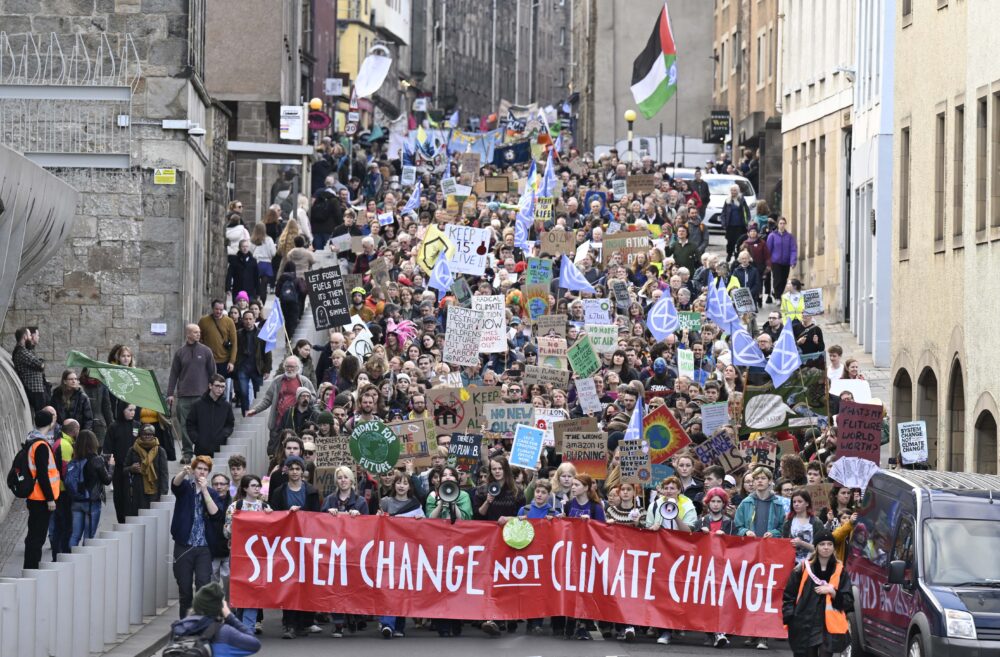We have much more to do and your continued support is needed now more than ever.
Communities Should Have a Say in Energy Projects
What the Department of Energy Can Learn From the Superfund Community Involvement Program

Upon the passing of the Bipartisan Infrastructure Law and the Inflation Reduction Act, the Department of Energy (DOE) received an unprecedented amount of funding, $97 billion, for federal investments in energy research and development, demonstration, and deployment programs. These investments will aid in achieving carbon-free electricity in the U.S. by 2035 and a net-zero economy by 2050.
This funding came with a new focus on providing benefits to communities with projects receiving federal funding through mechanisms like the Justice40 Initiative which states that 40 percent of benefits from federally funded projects must flow to disadvantaged communities.

In accordance with a new focus on community engagement and benefits, DOE now requires applicants applying for federal funding to include a Community Benefits Plan (CBP) in their application that will be weighed as 20 percent of the application’s technical scoring, effectively requiring community engagement across federally funded projects. CBPs are not a new idea or tool. They have been used for decades, but this is the first time DOE has mandated that applications include a CBP.
However, mandated community engagement is not new to other agencies. EPA’s Superfund program handles the cleaning up of contaminated sites across the United States and statutorily mandates community involvement activities and has done so since the program’s inception in 1980.
Now that more federal agencies and programs are requiring community input and benefits in their application processes, what lessons and best practices can we learn from Superfund’s long-standing Community Involvement (CI) program?
It is important to note some initial differences between DOE’s CBPs and the Superfund CI program. CBPs are in response to a new project or development and look for ways to provide benefits to communities in which projects are taking place. These plans can take a variety of forms and prioritize different facets of a community.
For example, CBPs may include a Workforce Agreement in which the applicant agrees to hire a certain number of local workers from the area, or may agree to partner with a local union, or sponsor a pre-apprenticeship program for local youth.
The Superfund CI program, however, responds to a hazardous waste site and follows a set of federally mandated steps. These focus less on providing community benefits, but rather on communicating cleanup information and advocating for those living in communities with a Superfund site. But both mechanisms facilitate community input, work to earn social buy-in, and see community engagement as a process that takes place throughout the entire life of a project.

Constant Engagement
Continued engagement ensures that community members are informed of project progression, are given the chance to voice opinions on next steps, and can give feedback that only a local perspective can provide. The Superfund CI program provides opportunities for public comments, community interviews, and public meetings throughout many of the milestones of a Superfund cleanup process.
This includes an initial set of community interviews before site work begins, a comment period and public meeting upon the drafting of a proposed remediation plan and design, and additional comment periods when changes in the remedial plan and design are proposed.
Successful CBPs will treat community involvement similarly and collect feedback and form partnerships with local organizations before the project begins. It is vital for community involvement to be meaningful to the community, and not simply a box to check for the project developers.
Soliciting feedback and providing community-informed benefits throughout the process shows a commitment to community engagement from the side of the developer and, when done effectively, can promote community support.
Transparency
Transparency from developers is as important in the community engagement process as the engagement itself. The Superfund CI program requires the creation of an easily accessible information repository that contains all the information about the site and its history. This includes relevant public comments that have been addressed, public meeting minutes, and information on technical assistance opportunities communities can apply for.
The information repository tends to be at an accessible, in-person location such as a local library to accommodate those who may not have internet access. Additionally, this location allows for copying machines to be readily available to those looking to make copies of site-related documents.
Project developers with DOE funding should consider creating a similar information repository, either online or in person, but ideally both. This creates an area where community members can find answers to their questions, and learn when and where future engagement events will occur.
Transparency creates a sense of openness between developers and communities and, when paired with meaningful community engagement activities, can help foster community trust.
Tailored to the Community
The best community engagement activities are those specifically tailored to the community they serve. The Superfund CI program does this by learning about the communities that sites are in. This means connecting with local organizations and trusted local leaders to learn the most effective way to disseminate information, and finding accessible places and times for meetings.
EPA success stories all have a common thread of a shared vision and goal between the community and EPA staff. This can only be found through extensive engagement with community members. These are all effective strategies that developers with DOE funding should consider, and they also have the added layer of catering community benefits to actual community needs and wants.
This requires time and effort – but it is vital work. It may involve community interviews, meetings with local governments or organizations that could serve as potential contractors for the developer, and job-finding organizations to help funnel local job seekers to the developer.
These commitments cannot simply be taken at face value, but codified as legally binding Community Benefit Agreements (CBA) or Workforce Agreements. This ensures follow-through from the developer to the community and increases a sense of trust and transparency. A variety of resources on how to leverage CBPs and CBAs are available on Reimagine Appalachia’s website.
Effective community engagement does not happen automatically. It takes dedicated professionals willing to spend the time getting to know local communities and committing to an environment of inclusion and collaboration. Superfund CI practitioners have been doing this for decades and DOE applicants ought to take their strategies, and the strategies of other community engagement professionals into account in their CBPs.





















